An important part of the regenerative ranching process is regenerative grazing. The use of livestock grazing is an important part of the ecological process to improve soil health and plant diversity. In starting this process, you might be asking yourself “What do I need to get started with regenerative grazing?”
Regenerative grazing is first and foremost a change in mindset from traditional grazing management. It is the proactive planning and active management of the grazing events: grazing the appropriate amount of leaf production at the optimal time, encouraging the grazing livestock to uniformly utilize the pasture or paddock, and managing grazing to maintain ample residual and allow full recovery of grazed plants before the next grazing event. Being adaptive and flexible, active monitoring, and managing for positive changes to improve soil health are the main differences between regenerative and traditional grazing management.
The flexibility of an adaptive system allows and encourages changes in grazing management of a property from year to year. These changes include:
- Shape of grazing paddock
- Size of grazing paddock
- Stock density (number of animals temporarily grazing an area)
- Duration (length of time an area is grazed)
- Intensity (amount of plant remaining after grazing)
- Frequency (how often it is grazed)
- Time of year
Other considerations are what type of grazing animal species to use (cattle, sheep, goats, etc.) and the physiological stage of production of those grazing animals (growing, mature, bred, open, lactating, dry).
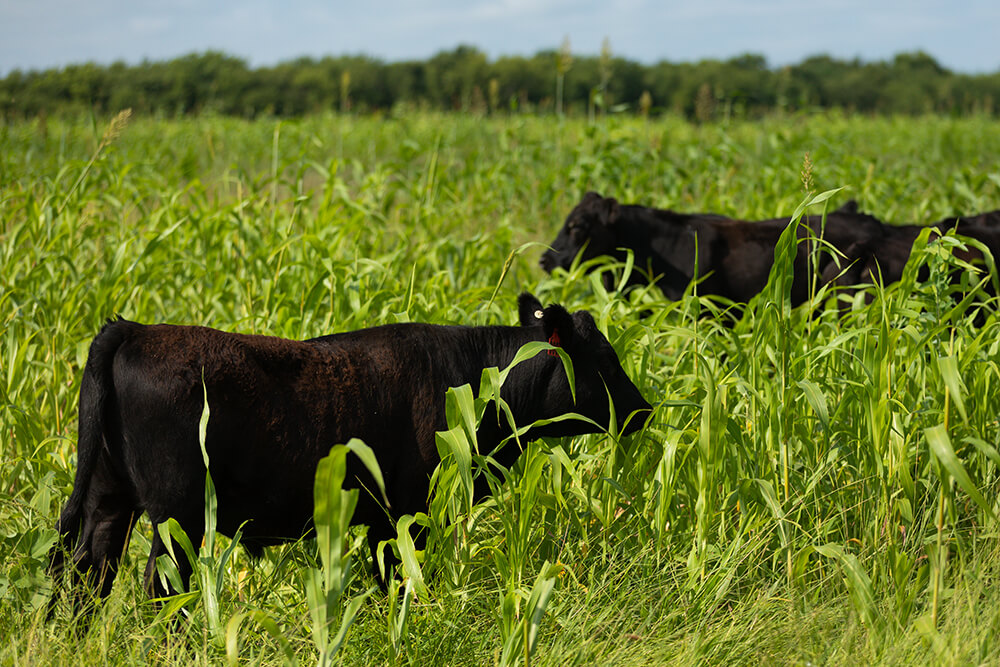
Your Regenerative Grazing Plan
As your mindset toward grazing becomes more adaptive and flexible, you’ll need a plan to implement adaptive grazing. The plan is important, because it helps you map the process needed to achieve the outcomes. A regenerative grazing management plan should include:
- Goals
- Support system (develop one)
- Maps (aerial and soil)
- Existing infrastructure (fences, corrals, pond, etc.)
- Existing forage types and production
- Grazeable acres
- Potential stocking rates
- Any additional equipment or infrastructure needs
- Identified limiting factors
- Scale (start small)
Let’s look at each part of the plan in more detail.
1. Set Goals For Your Agricultural Operation
Goals are important, because they give you outcomes to strive for and help define the practices that are needed to meet the outcomes. Goals are most impactful when you develop them with all involved parties on the ranch and write them down. In developing the goals, periodic milestones/steps should be laid out. This method allows for many smaller victories, providing encouragement along the way. Common grazing goals include improving soil and animal health, increasing plant diversity, reducing brush encroachment, increasing livestock production and increasing profitability.
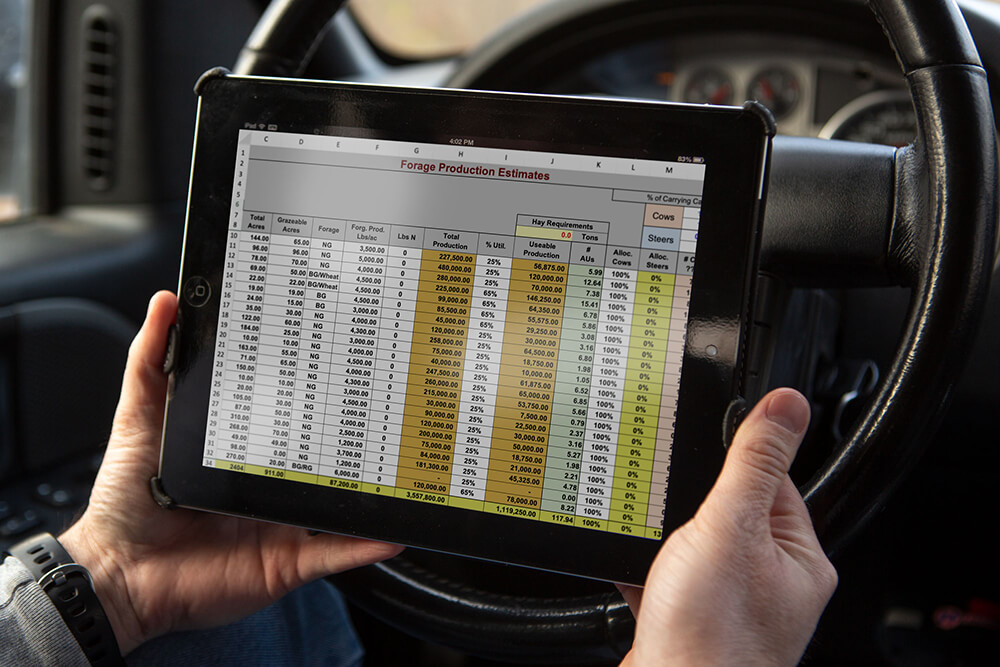
2. Develop A Support System To Assist You Along Your Regenerative Journey
Unfortunately, far too many people entering their regenerative journey do not get the necessary support or guidance needed. Attempt to locate like-minded individuals to help support you through the process. Use these individuals as sources of information, sounding boards and advisers. Odds are these individuals went through the same challenges and struggles you are facing now or will soon face. Most of them will be happy to share their experiences and help you grow.
3. Utilize Maps And Aerial Photos Of Your Farm Or Ranch
Maps are an essential step in the process. Aerial photos and soil maps allow you to view the property as a whole and draw in your infrastructure, forage types, etc. Aerial photos can be obtained online from websites such as Google Maps, Google Earth, Daft Logic, etc. There are also numerous apps that can be used on your phone as well. Local USDA Natural Resources Conservation Service offices can also help provide maps.
Soil maps are useful in determining the different soil types on your property and estimating the forage productivity of an area. Soil differences typically explain why some areas of a property are more productive than others. The USDA Web Soil Survey is an excellent source for soil maps.
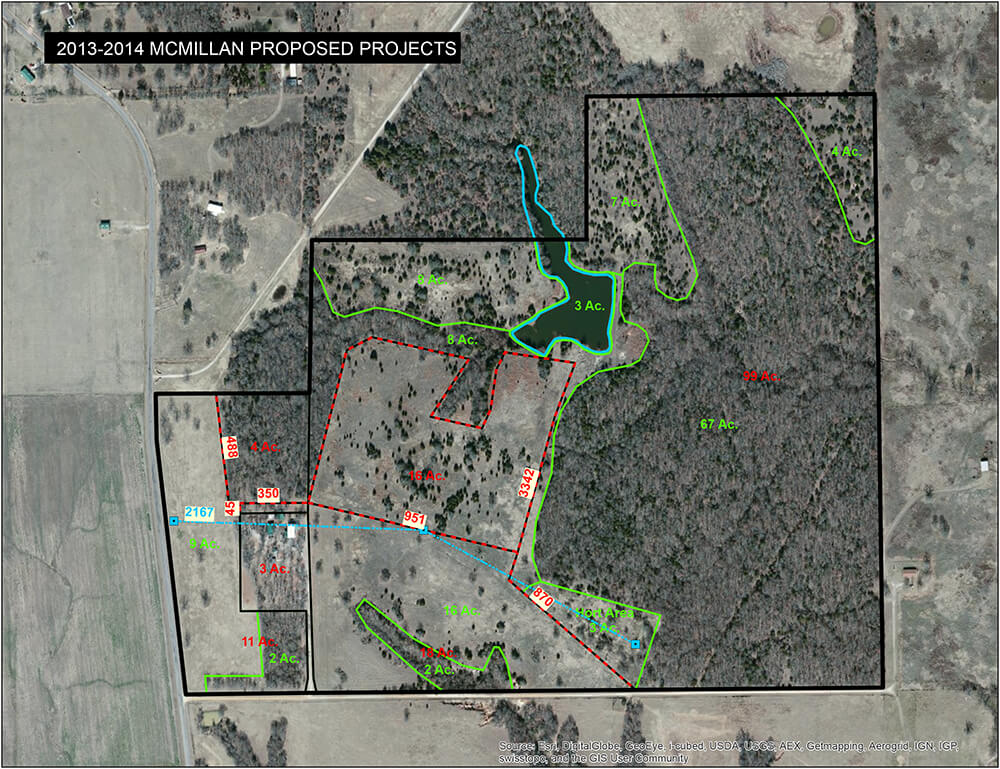
Image Source: Esri, DigitalGlobe, GeoEye, i-cubed, USDA, USGS, AEX, Getmapping, Aerogrid, IGN, IGP, swisstopo, and the GIS User Community
4. Draw Existing Infrastructure On Your Maps
Now that maps have been developed for the property, draw in any existing infrastructure such as fences, corrals, water sources (pond and plumbed), roads, paddocks, forage types and other structures. Knowing these locations helps identify areas that need infrastructure development to improve the utilization of the entire property to meet your regenerative grazing goals.
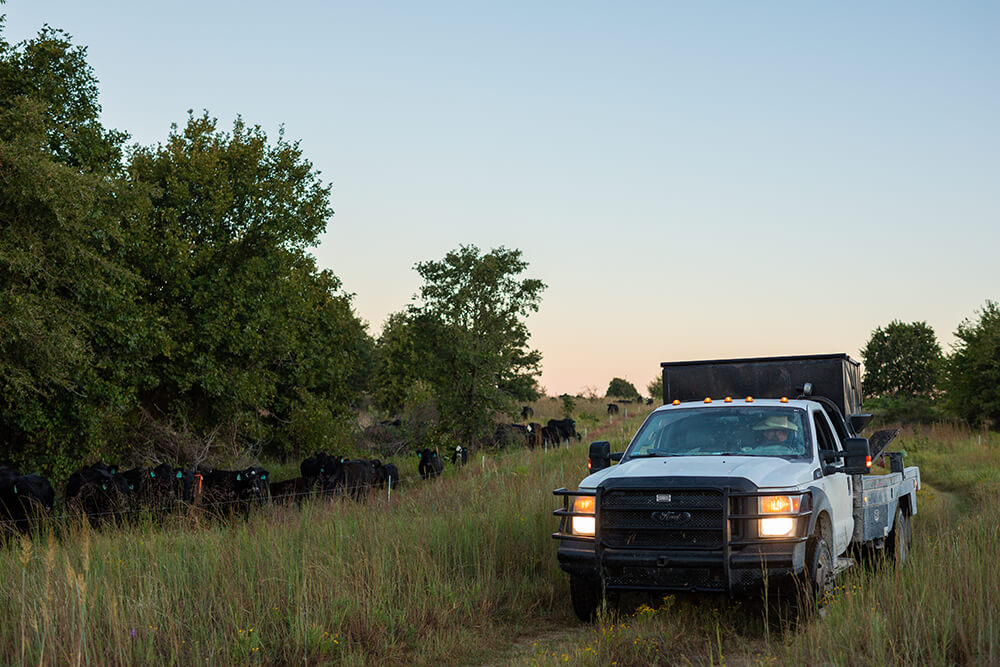
5. Know The Existing Forage Types On Your Ranch
Knowing the types of forage present and production of each type is important to determine an appropriate stocking rate. Most pastures have one or multiple species of forages, and knowing the differences between them will help direct your grazing plan. For help identifying plants, use the Noble Research Institute Plant Image Gallery. Base forage production numbers on past production records or estimates developed using the Web Soil Survey.
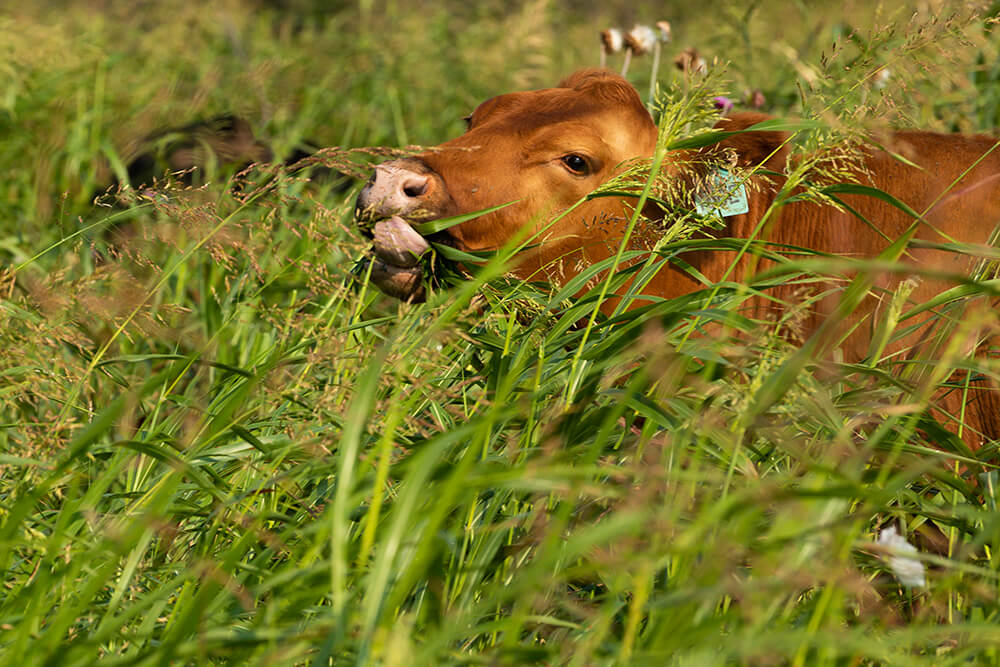
6. Estimate The Number Of Grazeable Acres On Your Land
Determining the number of grazeable acres is the next step. Grazeable acres are the areas where the selected grazing animal could forage. To do this, use one of the aerial photo websites (preferably Google Earth or Daft Logic) or phone apps to outline these areas. If the grazing animal is cattle, outline the areas not dominated by trees, brush, water or other non-grazeable cover. If goats are used, the entire property minus water and infrastructure could possibly be used. Once all the areas are drawn, total their areas for the grazeable acres. Be conservative, because overestimating the number of grazeable acres will lead to properties being overgrazed.
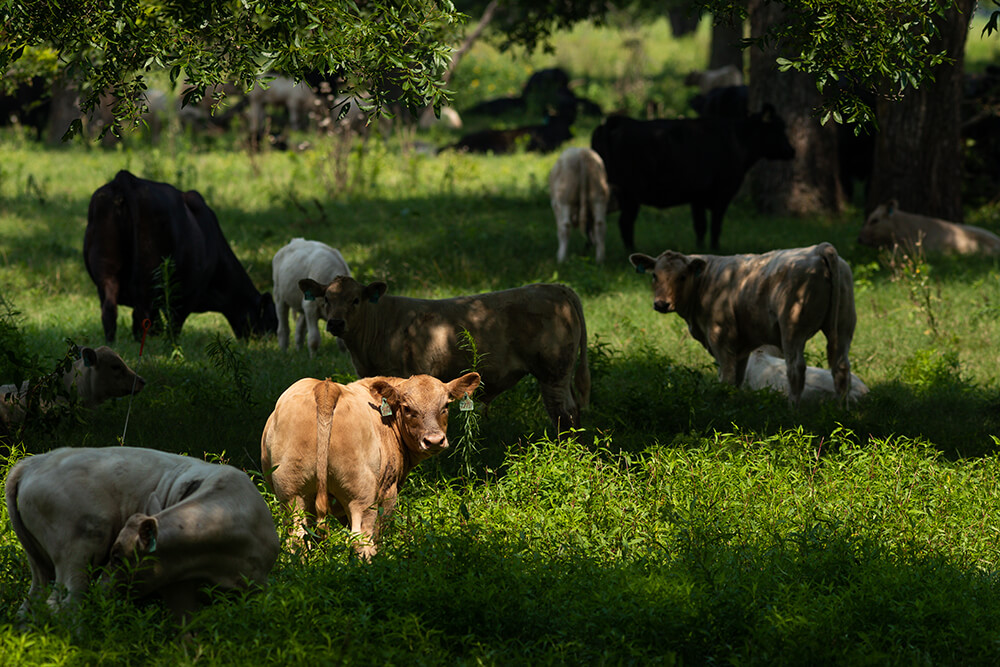
7. Determine The Proper Stocking Rate
Proper stocking rate is the most important management decision you can make, regardless of goals. Stocking rate can be defined as the total number of animals that can use the whole grazeable area for the entire grazing period during a year. Stocking rate impacts not only livestock production but every aspect of the operation and property (soil and plant health, wildlife, economics, etc.).
Overgrazing is a significant cause of poor forage and livestock production, wildlife habitat loss, soil erosion, weed problems and lower profitability on millions of acres across the country. A correctly stocked property provides flexibility in operational management, such as wildlife habitat management, prescribed fire implementation, preparation for drought or other adverse weather conditions, or a temporary increase in livestock numbers during years of better-than-average growing conditions. Proper stocking rate varies throughout time due to changes in precipitation patterns, plant communities, pasture/range condition, historical management and other environmental factors. The articles Proper livestock stocking rate supports operation, wildlife and Stocking Rate: The Key to Successful Livestock Production are good resources to help you determine the proper stocking rate.
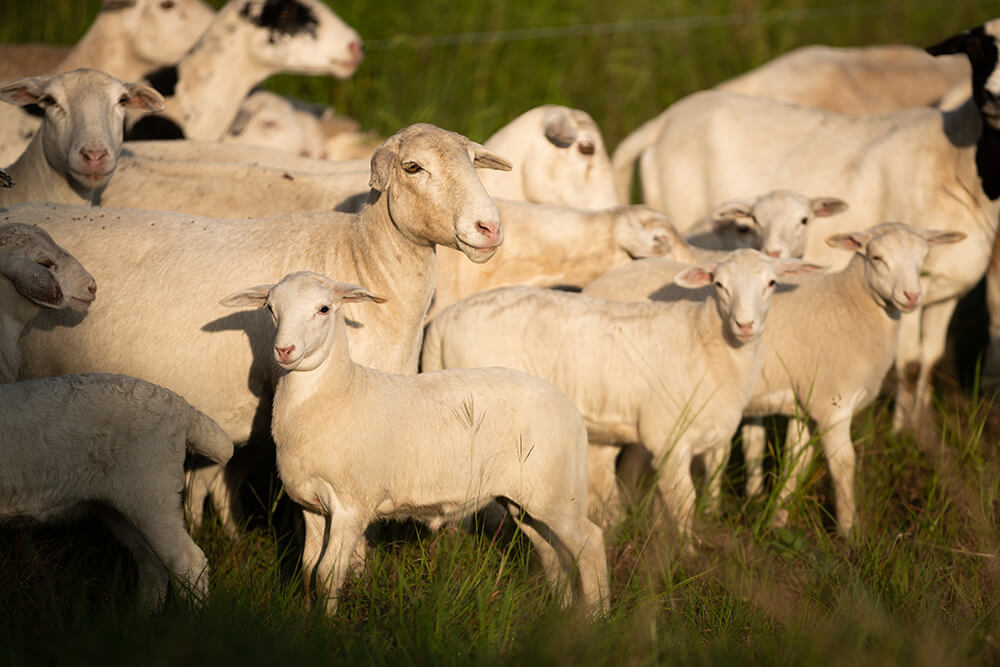
8. Determine New Equipment And Infrastructure Needs
If you are transitioning from a traditional grazing system to a regenerative grazing system, you may already have much of the necessary equipment. In most cases, a system of fences and water sources are already in place. To accommodate higher stock densities commonly used in regenerative grazing, more temporary fences typically are required. These additional fences can be constructed with temporary electric fencing. This could be as simple as a few geared reels with polywire, fiberglass or step-in posts, and a fence charger. A temporary fence can be installed on foot, but it is easier to put in longer stretches from a vehicle. It is also important to have a good fence tester.
In some cases, you may need additional water sources to optimize grazing management. There are often cost-share programs through the USDA or NGOs available to producers to help offset these costs. The article Where to Find Technical Guidance for Land Management and Conservation can help you get started.
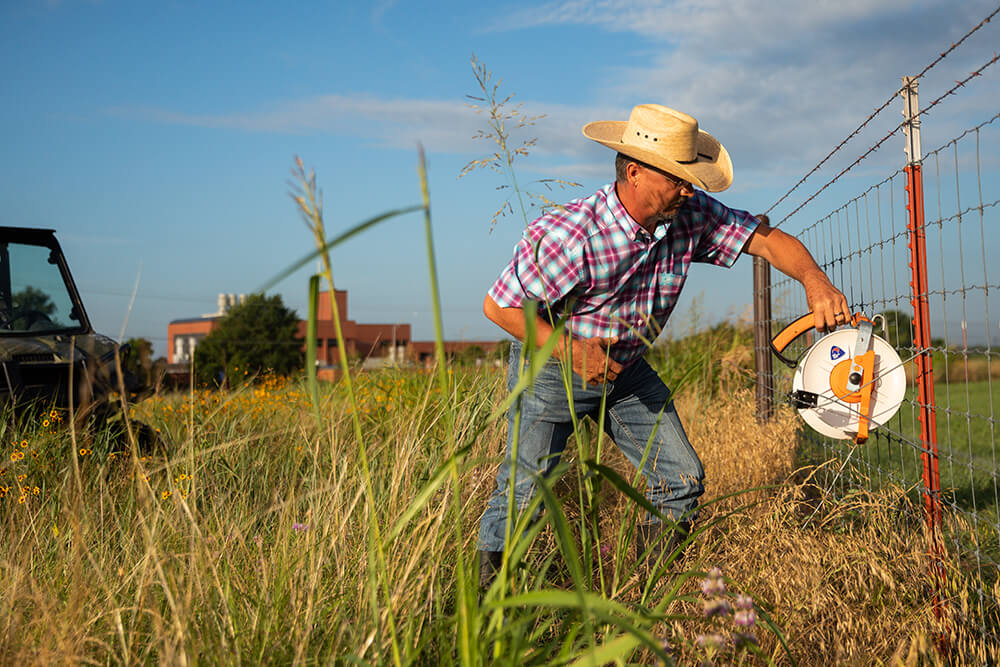
9. Identify The Limiting Factors That Are Holding You Back
After you have completed the list above, determine what limiting factors exist. These are the items that are most likely to hold you back from completing your goals. They are different for everyone. Typically, there are several, but identify the one most-limiting factor first. It could be knowledge, water, quality forage, equipment, money, etc. At Noble, water infrastructure is the limiting factor on many of our properties. Initially, focus your resources and time on that one item. The most-limiting factor needing your focus likely will change over time.
10. Start Small For Practice (Safe To Learn)
Start small before implementing the new grazing management practices across the entire property. Select an area or areas that will be “safe to learn” in. This area will probably already have everything you need to get started, such as reliable water and good fences. Ideally, it would be one of your more productive areas, as they are more resilient and will respond more rapidly to good management (and recover sooner should there be an “oops”). This area may only be big enough to graze for a few days or week, or a month. The thing to remember is that starting small and selecting a safe-to-learn area will allow you to gain knowledge and become comfortable with the practice before scaling it up to the entire property.
In summary, regenerative grazing is a change from the traditional grazing mindset. It is the intentional mindset of being adaptive and flexible, employing active monitoring, and managing for positive changes for improved soil health. You likely already have most of the equipment and facilities you need to get started, so the most important first step is being open to changing the way you think about and implement grazing on your ranch.
The map in this article was created using ArcGIS® software by Esri. ArcGIS® and ArcMap™ are the intellectual property of Esri and are used herein under license. Copyright © Esri. All rights reserved. For more information about Esri® software, please visit www.esri.com.
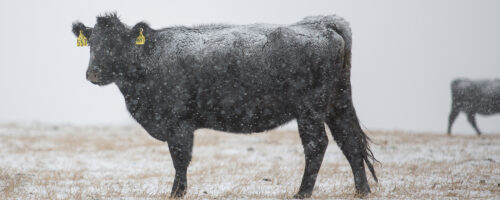
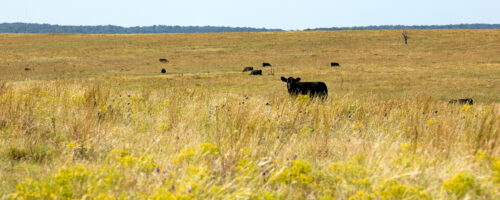
Comment
Leave a Reply
2 comment on: "10 Things You Should Do To Get Started With Regenerative Grazing""

Paul Sharpe
February 21, 2024Steve, I love the systematic, 10 point approach you have described. If I was young enough to start a farm, I would follow it. I am a retired animal scientist, who has done some grazing research, developed and taught a course for equine management students called Pasture Management, then edited and co-wrote a textbook called Horse Pasture Management. I still teach some online short courses for the Equine Guelph division of the University of Guelph. I love to send stimulating links to students, but I don’t want to scare them off, because most of those I contact now are just starting a small property for a few horses. Do you think this article of yours is beyond students like I described?
Do you think my textbook is worth studying by ranchers who have a few horses among their many cattle?
https://shop.elsevier.com/books/horse-pasture-management/sharpe/978-0-12-812919-7
https://shop.elsevier.com/books/horse-pasture-management/sharpe/978-0-323-95084-8
Steven Smith
April 3, 2024Hello Paul, we do not think this article would be beyond anyone. Even if they didn’t implement all 10 practices, perhaps they would find at least one thing that would be impactful for them.